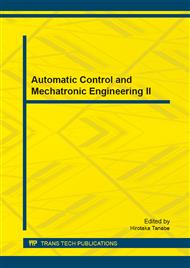p.697
p.702
p.708
p.712
p.716
p.722
p.726
p.730
p.734
Modeling Method of Building Energy Consumption & Conservation
Abstract:
With the accelerated urbanization process and the improving of peoples living standard, China's building energy consumption shows rigid growth trend. Under the promotion of industrialization, the level of energy efficiency of industrial sector goes up fast, while the energy conservation potential in industrial field declines, building energy efficiency turns out to be the key to accomplish this goal. This paper analyzes in depth building energy consumption data and brings up the methods of creating the building energy consumption and conservation models. Through measurement of building energy consumption in subentry, the data of building materials, construction, equipments and maintenance are collected, and the building management & control methods are investigated as well. Based on the data collected and investigation results, the linear regression model and decision tree model are created. The models can be used to forecast the building energy consumption and analyze the dependency between each statistic. Based on the dependency and the forecast, the energy saving model is created. With the ant colony algorithm being used, the best solution of the lowest energy consumption is found.
Info:
Periodical:
Pages:
716-721
Citation:
Online since:
September 2013
Authors:
Price:
Сopyright:
© 2013 Trans Tech Publications Ltd. All Rights Reserved
Share:
Citation:


